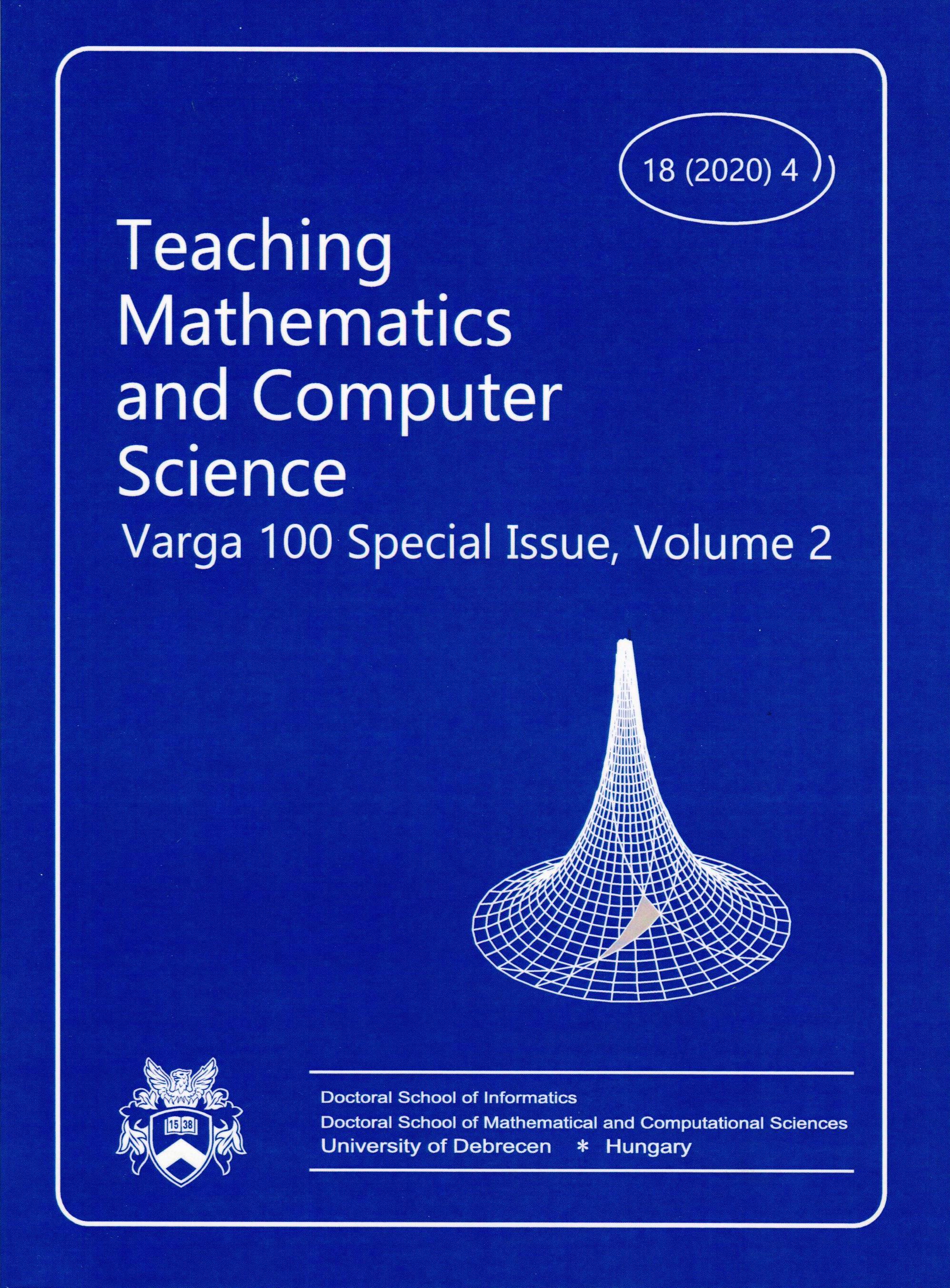Many paths lead to statistical inference: Should teaching it focus on elementary approaches or reflect this multiplicity?
Author
View
Keywords
License
Copyright (c) 2020 Manfred Borovcnik

This work is licensed under a Creative Commons Attribution 4.0 International License.
How To Cite
Abstract
For statistics education, a key question is how to design learning paths to statistical inference that are elementary enough that the learners can understand the concepts and that are rich enough to develop the full complexity of statistical inference later on. There are two ways to approach this problem: One is to restrict the complexity. Informal Inference considers a reduced situation and refers to resampling methods, which may be completely outsourced to computing power. The other is to find informal ways to explore situations of statistical inference, also supported with the graphing and simulating facilities of computers. The latter orientates towards the full complexity of statistical inference though it tries to reduce it for the early learning encoun-ters. We argue for the informal-ways approach as it connects to Bayesian methods of inference and allows for a full concept of probability in comparison to the Informal Inference, which reduces probability to a mere frequentist concept and – based on this – restricts inference to a few special cases. We also develop a didactic framework for our analysis, which includes the approach of Tamás Varga.
Subject Classification: 97K10, 97K70, 97K50, 97D20

 https://doi.org/10.5485/TMCS.2020.0504
https://doi.org/10.5485/TMCS.2020.0504






